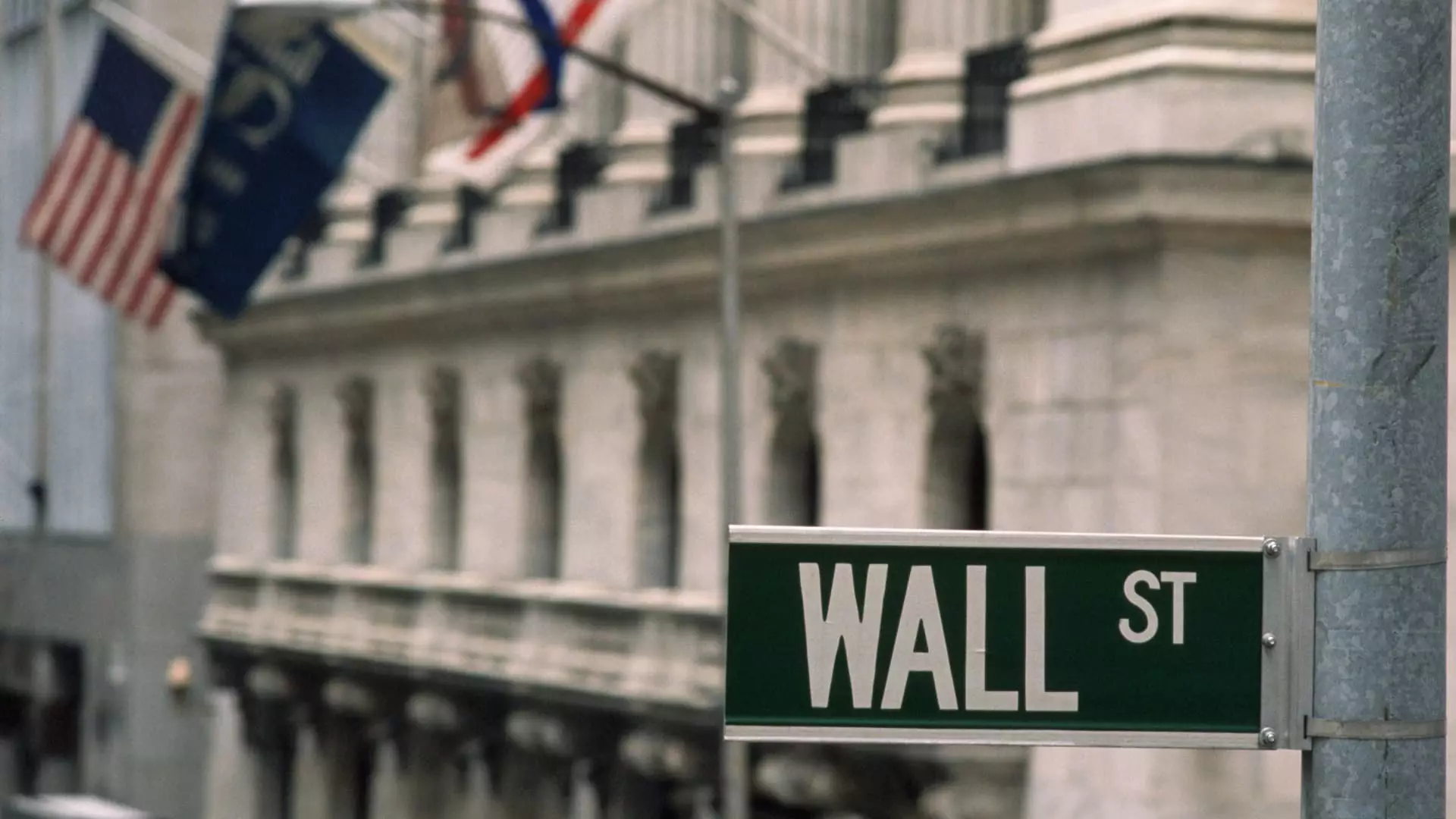As 2025 unfolds, the initial public offering (IPO) landscape has witnessed a surge of activity, with over a dozen companies entering the market. However, this influx has not sparked overwhelming enthusiasm among investors, resulting in a rather lackluster reception for these early launches. Despite these tepid responses, Nasdaq’s president, Nelson Griggs, remains optimistic about the potential recovery of the IPO market as the year progresses.
Griggs believes that while the first half of 2025 has displayed only moderate activity, a notable uptick is anticipated in the latter half. His comparative analysis of the IPO market to a pendulum effectively encapsulates the current scenario: investment dynamics fluctuate between private and public sectors. Historically, when public markets experience a drought in capital raising over several years, a backlog of potential IPOs builds up, suggesting that conditions may eventually shift towards a more favorable environment for public offerings.
Nevertheless, the landscape is not without its challenges and complexities. Companies like Panera Brands illustrate the obstacles that can impede a successful IPO journey. After years of attempting to establish a public presence, Panera continues to face significant delays, raising questions about its viability as a public company. Additionally, Twin Peaks—recently launched as a spinoff of Fat Brands—is strategic in nature, aimed at mitigating debt, which may not create the most compelling investment narrative for potential buyers.
This scenario reflects a broader trend whereby even innovative companies and burgeoning entities in sectors like artificial intelligence, including titans such as OpenAI, exhibit a preference for private fundraising avenues rather than pursuing the public market. This strategic choice is understandable given the wealth of liquidity available in the private sector currently, making IPOs seem less urgent or appealing for many companies.
Griggs acknowledges the transformative changes in the private investment landscape, detailing how new mechanisms have enhanced liquidity options for companies, allowing them to thrive without resorting to public offerings. This convergence of public and private investments highlights the evolving nature of capital access in today’s marketplace. However, Griggs also makes a critical point: while private avenues may offer significant liquidity, there is an irreplaceable value associated with being a publicly traded company, particularly for those seeking sustained financial engagement and market credibility.
The IPO market in 2025 finds itself at a pivotal moment. Although current launches have not enjoyed the warmest reception, the forecast remains cautiously optimistic thanks to an anticipated revival in the latter part of the year. The interplay between public and private investments, alongside the challenges faced by prospective public companies, serves as an intricate backdrop to this ongoing narrative. As the year unfolds, stakeholders will be keenly watching to see if the signs of recovery become reality, ultimately determining the fate of the IPO landscape.

